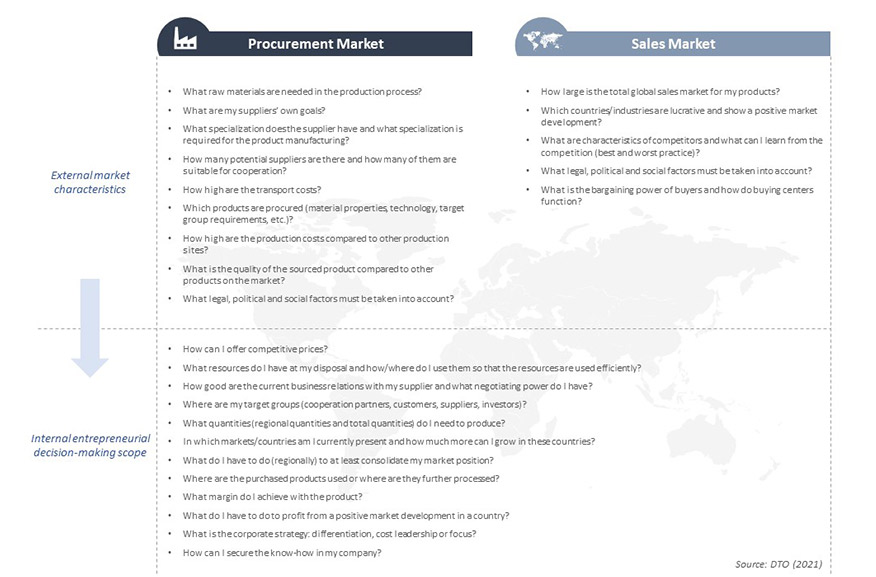
Globalization 2.0 - What does the "new" independence in sourcing look like?
When the COVID-19 pandemic took hold in the spring of 2020 and entire supply chains collapsed literally overnight, voices quickly raised a calling for greater independence from Chinese production sites and suppliers. A proposal that seemed to make sense due to the challenges of this new situation, but which, if implemented in an actionist manner, could ultimately cause a wrench in the works. This is mainly due to the fact that in recent decades production and procurement sites have not only been relocated to low-wage countries, but that substantial investments have also been made in global growth regions.
For numerous internationally active players, one of the necessary "rules of the game" was to operate at least one site in China, especially to keep value chains there running efficiently. That being said, outsourcing business activities to China was also part of this. This development acted as a catalyst, attracting a large number of supplier companies to China and creating large production and technology centers. The growing international economic interests and interdependencies also increased the international importance of Chinese companies. As a result, sourcing from China became even more popular.
The strengthening of Chinese companies, in turn, also boosted domestic demand, which led to an increase in exports to China by European and North American companies in particular. The quality and technological maturity of Western products ultimately benefited the technological development of Chinese companies especially. On the other hand, China made the most of its locational advantage in terms of significantly lower production costs and supplied the entire world with increasingly sophisticated technologies while improving the quality of its products.
Exports of goods to China remain significant, especially in times of global crisis. Germany, for example, is benefiting from strong demand from China while demand from other countries is still weak. If one is now considering whether or not to source or even partake in sales activities in China or other regions and countries due to logistical reasons or political uncertainties, the decision should be made on an individual entrepreneurial basis and should by no means be made dependent on current general atmospheres. To come to such a decision, the procurement strategy and sales market strategy should be considered and analyzed separately, even if the interdependencies of the two areas are high. Afterwards they can be applied again to the total entrepreneurial view and based on the accomplished analysis and market evaluation, a strategic decision can be made.
Excerpt: Relevant questions of a procurement and sales market strategy

Further Information
If you would like to know how you can profit from autonomous driving, need support in analyzing global markets, or are planning a market entry or market development strategy, please feel free to get in touch with us. We would be happy to discuss opportunities and research designs with you so that you can optimally align yourself with the future markets of this world.
Text written by Rickmer Görner